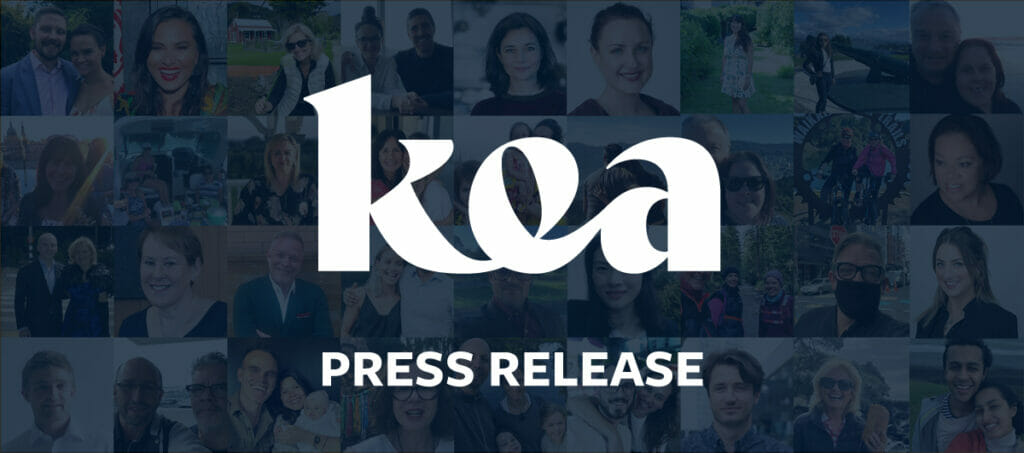
90-day trial periods
90-day trial periods are now restricted to businesses with fewer than 20 employees. However, businesses with 20 or more employees can still use probationary periods to assess the suitability of a new employee. “The key distinction,” says Laura, “is that a probationary period does not prevent an employee from raising a personal grievance for unjustified dismissal and an employer must still follow a fair process prior to dismissal.”
30-day rule
If there is a Collective Employment Agreement (CEA) in place, a new employee must be employed under its terms (or better) for the first 30 days of their employment. The employee must be informed:
- that the Collective Employment Agreement exists (and be provided with a copy along with an Active Choice Form);
- that they are entitled to join the union, and how to contact the union;
- that if they join the union they will be bound by the CEA;
- that the terms and conditions for the first 30 days of their employment comprise those in the CEA and any more favourable terms; and
- any information the union has requested that the employer provide.
After 30 days, an employer and employee can agree on an Individual Employment Agreement to replace the CEA.
Availability clauses
Many employment agreements contain clauses saying that staff may be required to work reasonable overtime. Many agreements for salaried employees have clauses like “the duties of your position may require you to work additional hours beyond the normal hours of work. Your salary compensates you for all hours worked”. Laura notes that “a recent decision of the Employment Court, Postal Workers Union of Aotearoa v New Zealand Post Limited [2019] NZEmpC 47 has found that employees may not be obliged to work these additional hours. That is unless there is compensation paid not only for the overtime hours worked but also for being available to work the overtime.”
Employment agreements need to be updated for salaried workers now to explicitly note that the salary is agreed to cover all hours worked and also covers compensation for the employee making themselves available for work. If this isn’t included in an employment agreement, as the law currently stands, the employee is under no obligation to work the additional hours and can’t be penalised or disadvantaged for refusing to do so.
Union rights
Union delegates are now entitled to reasonable paid time to represent employees. The delegates must have been appointed or elected as a union delegate by following the rules/procedures of the union. The time must relate to the representation of employees of the employer. The activity must also not unreasonably disrupt the business or performance of duties. If it does, then the employer is within its rights to refuse to pay the delegate. “There have been many other changes to employment law in New Zealand over the last twelve months,” says Laura; “we’re expecting more to follow in the coming year. They can be hard to keep up with from a distance, I know, so I hope you have found it useful for us to lay out the specifics.”
If you’re a business owner and ready to seek advice, the DLA Piper Employment Team would love to hear from you.
COMING HOME?
Resources
We’re here to support returning Kiwi. Here’s our list of resources to help you plan your return and next steps.
Jobs
Looking for a new role in New Zealand? Visit the Kea job portal and find your next career opportunity.

 MENU
MENU







